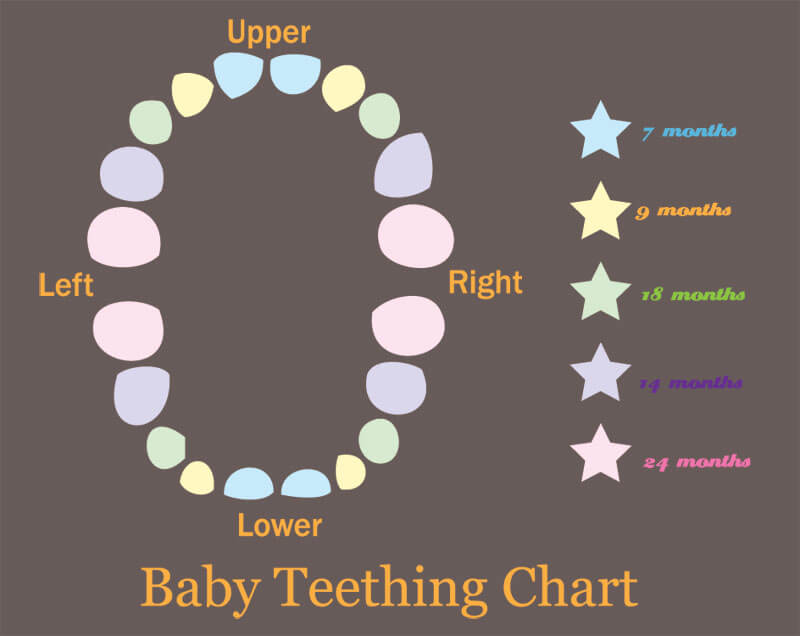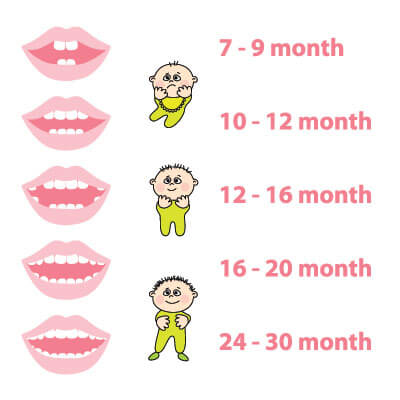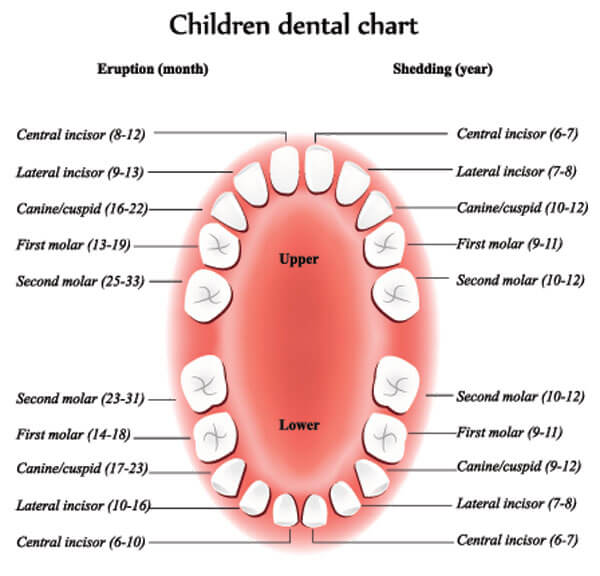
PEDIATRIC DENTISTRY
Preventative Dentistry
Our dentists suggest taking your children to a dentist for a regular dental exam every six months to ensure their long term oral health.
What is a dental exam?
A dental exam is what we call the time when one of our children’s dentists examines your teeth and gums for plaque, tartar buildup, cavities, and other oral ailments.
Why are dental exams so important?
Getting a regular dental exam is an important form of preventative dentistry, helping to catch problems before they happen.
While many people think that they can catch oral/dental health problems before they get serious, the truth is that the signs of trouble may not be so clear. Cavities may not always hurt, and plaque and tartar buildup is not always able to be removed by a toothbrush.
Having a professional (such as one of our San Antonio children’s dentists) examine your child’s teeth can help avoid negatively altering their appearance, and help you save money on correcting problems after they have formed.
And when you pair it with a regular dental cleaning and proper home dental care – you can ensure that your child has a beautiful and strong bite and smile for years to come.
How can I help my child prepare for a dental exam?
The best way to prepare for a dental exam is to practice good oral care at home, by regularly flossing and brushing your teeth at least two times a day and to make sure you do so before your visit.
Need help teaching your child proper dental hygiene techniques?
One of our friendly children’s dentists or dental assistants would be more than happy to help teach your child how to best brush and floss their teeth. Our goal is for your child to pass our dental exam with a bright, white, healthy smile!
We also provide a series of dental hygiene tips right here on our website for your own at-home use!
Dental Treatment We Offer
If you are suffering from a dental cavity, our dentists recommend getting a dental filling to prevent further damage.
What is a dental filling?
A dental filling consists of a natural looking restorative material used to repair and restore teeth infected with a cavity, or slight fractures or damage.
Why should I get a tooth filled?
Patients suffering from a dental cavity, fractures, or light damage should have their tooth filled immediately in order to prevent more extensive, long-term damage.
If left untreated a simple cavity can spread throughout a tooth, reaching the root (requiring a root canal) and in some cases other neighboring teeth. And when a tooth root has become infected, there is a chance that the tooth itself will be lost.
By having one of our dentists restore your child’s tooth, you increase the chances of their smile continuing to look and function well for many years to come—not to mention save you money on further restorative dentistry procedures.
We’re ready to help protect your child’s smile with our gentle and caring touch. Simply call us at: 602-861-3333 or schedule an appointment online. We can’t wait to see you!
Lythos Intra-Oral Scanner
Lythos Impression System effectively harnesses the power of digital scanning to capture intraoral data with accuracy and ease of use. No more need for messy impressions!
The lightweight and compact Lythos wand is ergonomically designed for us to see the interior of your mouth. It features an easy-to-clean touch screen for flexible viewing of models on screen and when entering your patient data.
Dentistry Guide
Educational Resources for Parents about Children’s Dental Issues
Read our growing library of features, graphics and other information about both general dental issues and those specific to children’s oral health.
Quick Action Vital for Tooth Injuries
Youth sports are popular and wholesome activities, but there is a risk for children’s teeth. Experts say about 3 million student teeth will be lost in any given year during youth sports.
The chances of saving a knocked-out tooth decrease after the first few minutes. This means that it is vital for parents, coaches and caretakers to be prepared to provide proper first aid.
The National Youth Sports Safety Foundation, about 3 million teeth will be knocked out as about 30 million youths participate in athletics this year. In fact, the U.S. Surgeon General reports that craniofacial injuries account for a full third of all non-fatal sports injuries overall. And it’s not just football, with its violent clashes of pads and helmets.
“Basketball and baseball are the two biggest mouth-injuring sports,” reports Dr. Stephen Mitchell, of the University of Alabama’s Department of Pediatric Dentistry. “And the most common injuries we see are broken, displaced or knocked-out teeth, and broken jaws.”
In part, this is because mouthguards and face-protecting helmets are not required for many sports, as they are in football, hockey and lacrosse. Mitchell recommends custom-fit mouthguards as the most effective insurance against tooth trauma for youth with permanent teeth. For younger children, with baby teeth, he recommends over-the-counter mouthguards that can be heated and molded to the teeth since their dentition is in transition.
About a quarter of dental injuries can still occur with mouthguards in place. Quick first-aid action and dental treatment may save a lost tooth. And the cost of not acting quickly to save a permanent tooth can be dramatic.
The National Youth Sports Safety Foundation estimates that the cost to treat a lost permanent tooth and provide follow-up care ranges from $5,000 to $20,000 over a lifetime.
If a tooth is broken or cracked, parents should get the young athlete to the dentist within 24 hours. But if the tooth is knocked out, there is no time to wait. Action must be taken within minutes to have the best chance to save the tooth.
First aid steps include:
- Speed – it’s best to perform the first aid within five minutes. By the time the tooth has been in the open air for 60 minutes, the window of opportunity is nearly gone.
- Replace the tooth in its socket if at all possible. The best chance of saving the tooth is to get the root back into its natural habitat.
- Don’t rub or even touch the root, or try to clean the tooth, which can damage the still-living delicate tissue
- If you have milk, you can rinse the tooth with milk before implanting. But avoid water – it can cause delicate cells to burst. Do not place in or on ice.
- If you can’t put the tooth back in the socket, you can have the child carry the tooth in the mouth, inside the gum, if the child is old enough not to swallow it.
- If implanting or carrying the tooth in the mouth isn’t possible, carry the tooth in a medium to keep it safely wet, including Hank’s Balanced Salt Solution (or HBSS), milk, medical saline or saliva.
- Go to the emergency room immediately, and follow up with your regular dentist for long-term monitoring of the healing process.

Dental Charts & Teething Schedules



© 2023 Cute Smiles 4 Kids
Online Advantage by DigiBoost

